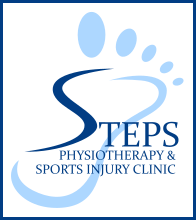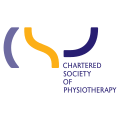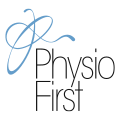Circulation clinic in Sheffield
Our Broomhill clinic has an interest in Vascular problems.
We are part of the Sheffield Nordic Walking Research group and have published several papers about Nordic Walking and how it can help all sorts of conditions, particularly Intermittent Claudication, where not enough circulation reaches the calf and feet when patients are walking (Oakley, Spafford and Beard).

About the circulation clinic
Prof Jonathan Beard is a medico-legal expert. Other vascular surgeons see patients with problems such as varicose veins, vibration white finger, poor blood supply to hands or feet, and carotid and aortic disease.
We do not see patients with vascular ulcers as there is an excellent Nurse Specialist run vascular ulcer clinic at the Northern General Hospital which has no waiting list.
All patients must be referred by their doctor to this clinic.
Nordic Walking
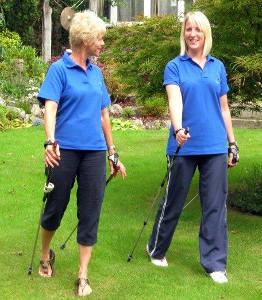
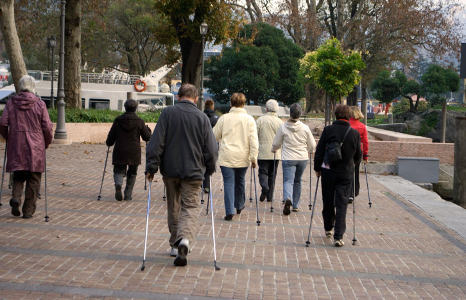
Nordic walking can help many problems, not just poor circulation. Patients with arthritis in their hips, knees or feet will also find it easier to walk using the poles. Nordic walking also makes your body exercise harder than ordinary walking, but feels easier, so it is a very good way to get fitter.
How can you make walking a better overall workout without feeling like you are exerting any more energy? How can you overcome the slouching, neck and shoulder pain many get from working at desks and computers? Across Europe, millions of people have taken up Nordic walking to give them a good workout and loosen their neck and shoulders.
What is Nordic Walking?
Nordic walking uses two specially designed poles to work the upper body while walking. Like cross country skiing, the poles are used by the arms to match each step the person takes.
How is it better than just walking?
For a better but easier cardio workout, Nordic walking increases your heart rate without increasing your perceived rate of exertion. You get a better workout without feeling like you are working any harder. While you can get a similar heart rate effect by walking faster, there are many people who do not want to walk faster or, like you, cannot walk fast.
The Technique
The technique is a simple enhancement of normal arm swing when walking.
- The poles remain behind and pointing diagonally backwards at all times.
- Shoulders are relaxed and down.
- Poles are held close to the body.
- The hands are opened slightly to allow the poles to swing forward – the poles are not gripped but swing from the wrist straps.
- The leading foot strikes the ground.
- The opposite arm swings forward to waist height.
- The opposite pole strikes the ground level with the heel of the opposite foot.
- The poles remain pointing diagonally backwards; they are never in front of the body.
- Push the pole as far back as possible, the arm straightening to form a continuous line with the fully extended arm, the hand opening off the grip by the end of the arm swing.
- The foot rolls through the step to push off with the toe. This lengthens the stride behind the body, getting the most out of each stride.
- The arm motion is loose and relaxed
Keeping the arms relaxed and keeping the poles behind the body are key elements in the proper technique. I found that my previous experience with poles used the wrong techniques, planting the poles in front of the body and bending the elbow too much (hikers look like they are milking cows!)
Pole length
Before you begin walking, adjust your poles to the correct length. The proper pole length is approx. 70% of your body height. Multiply your height in inches or in centimeters by 0.7 to get your pole length in the same units. The correct length is such that when you extend your arm with the pole upright, your arm is straight with a slight bend at the elbow. If your poles have a “paw” or rubber tip, twist it so it is facing behind you. The hand strap should be comfortable but snug against the pole. Your hands should be slightly open and relaxed. You will be allowing the poles to swing from the wrist straps, not gripping the poles tightly but just cupping them in your hand.
Once the pole is fully extended behind your body, you bring it forward again with the opposite foot. Lightly grip the pole again with your hand as it swings into position to plant level with the heel of the forward foot. Note that the poles are never planted in front of your feet.
There are all sorts of Nordic Walking groups you can join. Find further information on the Nordic Walking website www.nordicwalking.co.uk.
We always work one-to-one.
| Broomhill clinic | — | 0114 268 6084 |
